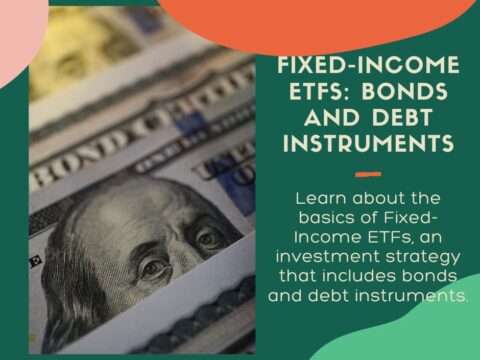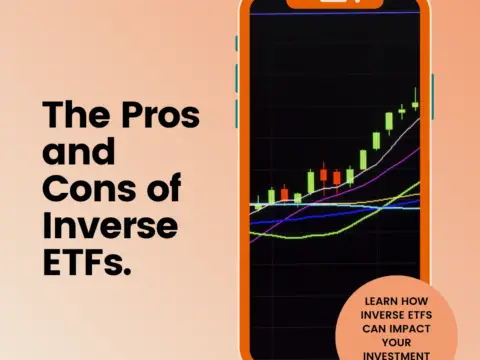Thematic investing has emerged as a compelling strategy for investors looking to align their portfolios with specific trends, industries, or ideas that are expected to drive long-term growth. Exchange-Traded Funds (ETFs) provide a convenient and diversified avenue for thematic investing, allowing investors to capitalize on targeted opportunities within the market. In this exploration, we delve into the concept of thematic investing with ETFs, examining how this strategy works, its advantages, and key considerations for investors.
Understanding Thematic Investing
Thematic investing involves focusing on specific themes or trends that are expected to shape the future economy. These themes can range from technological innovations and demographic shifts to environmental sustainability and social changes. Unlike traditional sector-based investing, thematic investing cuts across various industries and sectors, capturing companies that contribute to a particular theme.
The Role of ETFs in Thematic Investing: ETFs are investment funds that are traded on stock exchanges, mirroring the performance of a specific index or a basket of assets. Thematic ETFs are designed to track the performance of a particular theme or trend. Investors can buy shares of these ETFs, gaining exposure to a diversified portfolio of companies associated with the chosen theme.
Advantages of Thematic Investing with ETFs:
- Diversification: Thematic ETFs provide investors with exposure to a diversified basket of stocks related to a specific theme. This diversification helps spread risk and reduces the impact of poor-performing individual stocks.
- Simplicity: Thematic ETFs offer simplicity in gaining exposure to complex and emerging themes. Investors can participate in trends such as artificial intelligence, clean energy, or disruptive technologies without the need for in-depth research on individual companies.
- Liquidity and Accessibility: ETFs trade on stock exchanges like individual stocks, providing liquidity and ease of trading. Investors can buy or sell shares throughout the trading day at market prices.
- Cost Efficiency: ETFs generally have lower expense ratios compared to actively managed funds. This cost efficiency is particularly attractive for investors seeking exposure to thematic trends without incurring high management fees.
- Long-Term Growth Potential: Thematic investing often targets trends with long-term growth potential. ETFs focusing on themes like renewable energy, genomics, or cybersecurity aim to capture the benefits of sustained industry growth over time.
Considerations for Thematic Investors:
- Research and Due Diligence: While thematic ETFs offer simplicity, investors should still conduct thorough research on the underlying theme, the index methodology, and the individual holdings within the ETF.
- Volatility: Thematic investing can be more volatile than traditional diversified portfolios. Investors should be prepared for price fluctuations, especially in themes associated with emerging technologies or disruptive innovations.
- Alignment with Investment Goals: Thematic investing should align with an investor’s overall financial goals and risk tolerance. It is crucial to consider thematic exposure as part of a well-balanced and diversified portfolio.
- Monitoring and Rebalancing: Given the dynamic nature of themes, investors should regularly monitor their thematic ETF holdings. Rebalancing may be necessary to adjust to changing market conditions or the evolution of the chosen theme.
Examples of Thematic ETFs:
- ARK Innovation ETF (ARKK): Focuses on disruptive innovation across various sectors.
- Invesco Solar ETF (TAN): Tracks companies in the solar energy industry.
- Global X Robotics & Artificial Intelligence ETF (BOTZ): Invests in companies involved in robotics and artificial intelligence.
In conclusion, thematic investing with ETFs provides investors with a strategic and diversified approach to capitalize on emerging trends and themes. As investors navigate the dynamic landscape of thematic opportunities, careful consideration, research, and alignment with long-term goals remain key factors in achieving success with this investment strategy.




